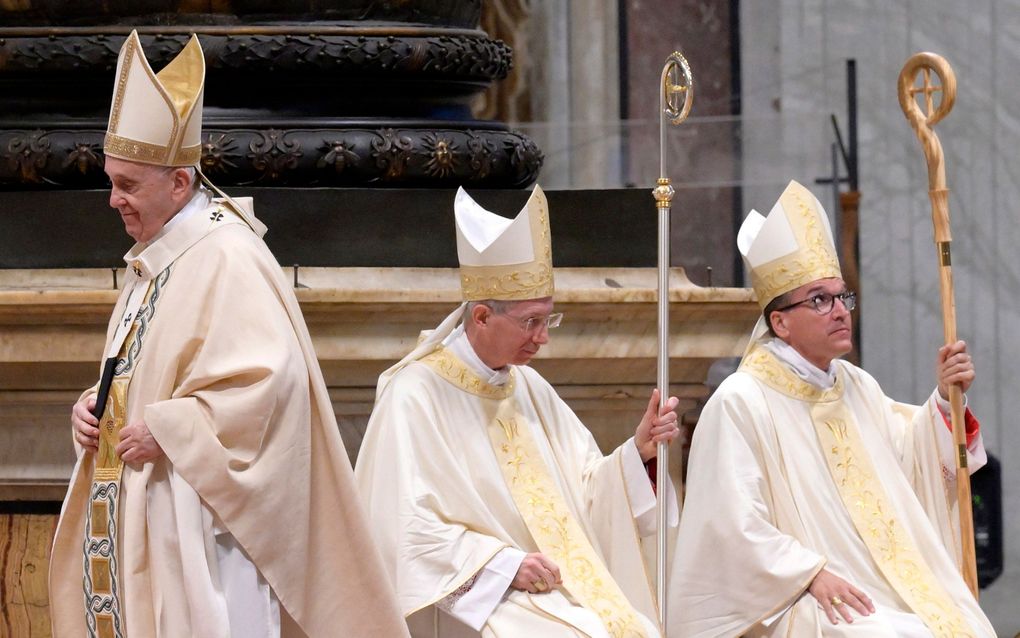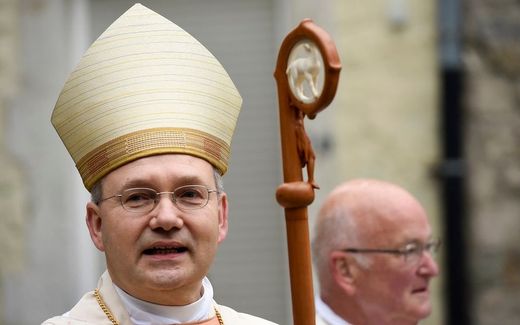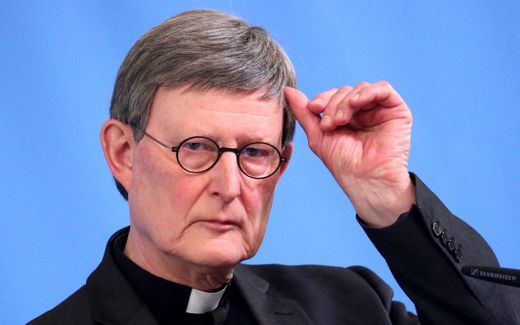Catholic Church sets first steps on Synodal Path that could change the Church
19-10-2021
Southern Europe
Ewout Kieckens, RD

The Pope goes left, but the others look to the right. What will be the right direction on the Synodal Path? In two years time, we might know more. Photo EPA, Claudio Peri
Southern Europe
A synodal participation structure of the Roman Catholic Church. That must be the answer to the sexual and financial scandals that have plagued this Church for decades. Clergy and ordinary believers will debate it over the next two years.
The Pope has had enough. On the very eve of the synod's opening on "Synodal Path" on October 9th, the cesspool was opened again.
This time it was the turn of France. An independent report revealed that more than 333,000 children had been abused by church officials there since the 1950s. In the same week, the Vatican court met again in the case against a high cardinal who had let millions of euros of church funds disappear.
No to clericalism
The synod on the Synodal Path should be the answer to the sexual and financial scandals that have plagued the Roman Catholic Church for decades. The Church is strongly hierarchically organised, with the absolute lead given to priests who can eventually ascend to bishop or be appointed cardinal.
According to the Pope, the clericalism and careerism of the clergy are to blame for the Church's problems. "Clericalism (...) leads to an outgrowth in the Church and supports and helps perpetuate the evil we condemn today," the Pope wrote in a public letter in 2018 condemning child abuse. "Saying no to abuse means saying an emphatic no to all forms of clericalism."
One method of curbing clericalism is to give non-clergy a voice in the chapter. This is the idea behind the synod on the Synodal Path. This is a different kind of synod than the Church is used to. It is not a meeting of almost only the bishops in the Vatican for a few weeks, but an actual process that will last for two years and has the whole world as its 'theatre'. In short, a world synod.
From next week, each bishop in his diocese is to initiate discussions. In the end, a repercussion of opinions and ideas will be presented worldwide in October 2023 in the Vatican.
Open communication
The intention is that all members of the Church ("all the baptised", says the Pope) will be heard about their needs and wishes at the synod. "The Spirit asks us to listen to the questions, concerns and hopes of every church, people and nation," the Pope said last Sunday at the start of the synod. "Let us not close our hearts to the sound; let us not remain blocked in our certainties."
It is akin to the "Synodal path" in Germany in 2019 in response to abuse scandals. Here, open communication between all believers should lead to something new. In Germany, the hot topics of the Church, such as priestly celibacy and the role of women, have been discussed so far. It is expected that this will also happen during the synod on synodality.
No democracy
The question is whether anything will really change. Will the progressive voices be honoured, and, for example, will compulsory celibacy be abolished? Will laypeople get more say? It is very much the question. The Pope has the last word, and he has already made it clear that he does not want a battle of the camps or a democracy.
"The Word of God guides the synod and prevents it from becoming an ecclesiastical congress, a study group or a political meeting, a parliament, but rather a grace-filled event, a Spirit-led process of healing," Francis said in the sermon during the synod's opening Mass last week on Sunday.
A Dutch version of this article was published on RD.nl on October 18th, 2021.
Related Articles




